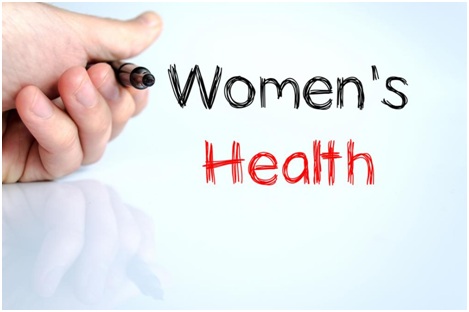 The most serious hormonal problem faced by women is that of menopause. It is a time when the estrogen and progesterone production by the ovaries is reduced. This change is accompanied by several physical effects including insomnia, hot flashes, depression, fatigue, anxiety, aching muscles, painful joints, vaginal dryness, thinning of hair, and several others as well.
The most serious hormonal problem faced by women is that of menopause. It is a time when the estrogen and progesterone production by the ovaries is reduced. This change is accompanied by several physical effects including insomnia, hot flashes, depression, fatigue, anxiety, aching muscles, painful joints, vaginal dryness, thinning of hair, and several others as well.
Hormone Replacement Therapy
As far as medical practitioners are concerned, their sole method of treating the problem is to start hormone replacement therapy for menopausal woman. In this case, a combination of progestin (artificial progesterone) and estrogen is supplied to women. While most of the doctors believe that hormone replacement therapy is good enough to deal with the hot flashes and other side effects of menopause, there are others who have investigated and found out about the various negative effects of synthetic hormones.
According to Women’s Health Initiative, which is a clinical trial funded by the federal government, if a woman is treated for more than a few years with hormone replacement therapy, she has increased chances developing invasive breast cancer and cardiovascular diseases. Based on the above, since there are potential risks involved with hormone replacement therapy, it is better to find alternatives to it.
Alternative Methods of Dealing with Menopause
Here are some natural and risk free methods of dealing with menopause:
1.Natural Progesterone
During menopause, not only do the estrogen levels drop but also, the progesterone levels drop significantly as well. In fact, while estrogen is reported to drop around 40% to 60%, the progesterone level may drop to an even lower range. Since natural progesterone is responsible for relieving menopausal symptoms and prevent osteoporosis in women, its sudden drop can cause several problems as well.
When progesterone levels decrease significantly, it can lead to a condition called estrogen dominance[i]. This does not mean that estrogen levels are high but it simply means that progesterone is considerably less than the estrogen. Ultimately, this condition leads to hormone imbalance with several unpleasant symptoms. It can be resolved by using a progesterone cream as recommended by a professional.
2.Vitamin E
Another way to deal with the symptoms of menopause is to add a certain amount of vitamin E in your diet[ii]. This amount differs and while for some, 400 to 800 IUs of natural vitamin E is enough, some other women might be in need of around 1,400 IUs daily.
3.DHEA—an Estrogen Precursor
DHEA is the precursor of estrogen and while it is responsible for the production of estrogen, it also produces a small amount of testosterone as well. After menopause, even when the ovaries stop producing estrogen, a small amount of the hormones is still secreted by the adrenal glands from its precursor—DHEA[iii].
As you age, the amount of DHEA starts to fall as well, leading to several degenerative diseases. Therefore, supplementing menopausal women with this hormone can have multidimensional positive effects on their health.
Other ways of dealing with the hormonal imbalance experienced during the time of menopause include several herbal therapies as well. Phytoestrogens that are present in several herbs such as red clover and soy can be of help as the plant based estrogen can make up for the lack of estrogen[iv]. However, it works only to some extent and the process of absorption and circulation takes quite a bit of time.
If you are looking for ways to have your hormonal imbalance sorted out in a natural way; then let me help you. Visit LifeCraftllc to book a free 10-minute consultation on phone or Skype.
[i] Barrett-Connor, E., & Bush, T. L. (1991). Estrogen and coronary heart disease in women. Jama, 265(14), 1861-1867.
[ii] Christy, C. J. (1945). Vitamin E in menopause: Preliminary report of experimental and clinical study. American Journal of Obstetrics and Gynecology, 50(1), 84-87.
[iii] Labrie, F., Bélanger, A., Luu-The, V., Labrie, C., Simard, J., Cusan, L., … & Candas, B. (1998). DHEA and the intracrine formation of androgens and estrogens in peripheral target tissues: its role during aging. Steroids, 63(5), 322-328.
[iv] Brandi, M. L. (1999). Phytoestrogens and menopause. Environmental toxicology and pharmacology, 7(3), 213-216.